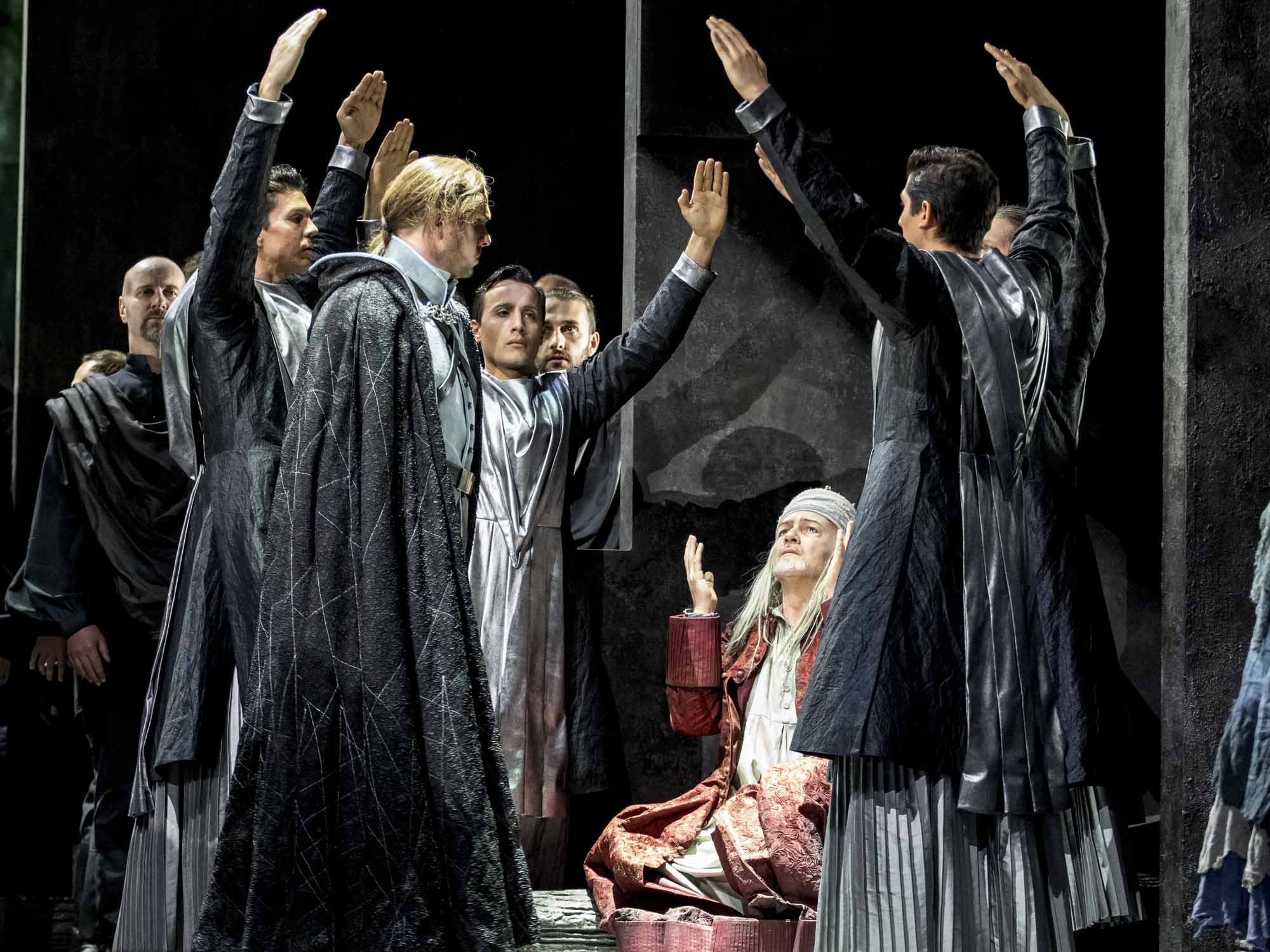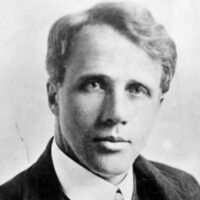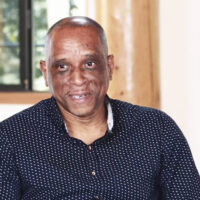For the second year in a row, Richard Wagner’s stage festival Parsifal,1 directed by Jasmin Solfaghari and Stefan Hasler (eurythmy), was held during Holy Week at the Goetheanum in three sold-out performances. Impressions by Ronald Templeton.
In September 1880, Richard Wagner wrote to his patron Ludwig II, King of Bavaria: “It was with a truly accurate sentiment that I titled Parsifal a ‘festival for the consecration of the stage’ [Bühnenweihfestspiel].” And because Wagner believed that art was “reserved to save the core of religion,” it was important to him that performances were only allowed to take place in his theater in Bayreuth. Only from 1913 onwards, after the protection period ended, was Parsifal performed elsewhere.
The main motif of Wagner’s Parsifal, which is based on Wolfram von Eschenbach’s Parzifal epic, is that only a “pure fool, having gained wisdom through compassion,” would be able to heal Amfortas’ fatal wound. This could explain why Wagner changed the spelling: Fal Parsi means “foolish pure one” in Old Persian, and with this, Wagner indicated a state of mind that had not yet been corrupted by the earthly world.
Both in 2023 and again this year, monumental performances of Parsifal, inspired by Alexander von Glenck’s Pamy production, took place at the Goetheanum in Dornach at Easter time. Internationally renowned singers Andreas Hörl (with his melodious Gurnemanz, bass), Roman Payer (Parsifal, tenor), and the expressive Ivonne Fuchs (Kundry, mezzo-soprano) brought a performance to the stage that was highly praised by reviewers. On Palm Sunday 2024, Klaus Florian Vogt, one of today’s outstanding Wagner tenors, took on the role of Parsifal at a gala performance.
Wagner traces Parsifal’s ordeal from the Pure Fool to the Grail King in a moving way. The production at the Goetheanum succeeded in conveying this transformation to the audience in a special way. By incorporating the art of eurythmy inaugurated by Rudolf Steiner, the performance brought a decisive innovation. Eurythmy turned the audience into a community of participants, one that reflected on life and, through the eurythmically designed Grail, meditatively sought a spiritual and living relationship to the being of Christ.
Wagner, in his time, still relied on the symbolic power of the Grail, spear, and dove, but here, the symbols were presented using eurythmic movements in a colourful play of lights designed by Klaus Stuppan. The Grail, for example, was made visible by seven eurythmists in salmon-coloured robes with light yellow veils and transformed into a unified, spiritually vibrant being through their movements. The artistic use of lighting increased the magic, as the inhaling and exhaling seven figures moved in a sea of bright colours, shimmering like a noble, light-filled fire opal. Around them, twelve figures in cooler colours formed a protective shell in which this mystically sublime apparition could be seen with the eyes of the participating audience and heard through the descriptive music.
The Eurythmic Grail
In addition to making the spiritual events visible, the flowing body language of eurythmy showed the possibility of making sound visible and tangible on another level. In Good Friday Music [Karfreitagszauber], you could literally see how the opening timpani and trombone sounds, with their majestic gestures, invite the viewer to be slowly led into ever higher mystical dimensions. Singing, orchestra, eurythmy, lighting, and stage design form a harmonious interplay that can be experienced with all the senses. Individual regions of experience are traversed until the density of the music is reduced to such an extent that delicate oboes and woodwind instruments take over and allow the Grail motif to shimmer through with the incoming sounds of the strings. These are accompanied by the sensitive sound of the choir, led by Andreas Klippert.
Through the rhythm of the weaving music and the colourfully illuminated movements of the eurythmy, the experientially higher is brought into visibility and received from below, while the seven eurythmists and four spearmen form the Grail together. What eurythmy is able to portray so movingly is how the music can be opened up by what is brought in from the heights. One senses and experiences how the spiritual light has to fight for access. Claude Debussy wrote of Parsifal, “You hear orchestral sounds that are unique and unexpected, noble and full of power (…) This is one of the most beautiful sound monuments that has been erected for the everlasting glory of music” – which entitled Wagner to call it a stage consecration festival “in order to allow the deep truth hidden in them to be recognised through their ideal representation.”
Thanks go to the well-known theatre director Jasmin Solfaghari for staging this work and bringing stage design, lighting, drama, eurythmy, and orchestral playing into harmonious unity. Wagner’s stage instructions were justifiably ignored by the set designer, who placed the performance inside a mediaeval castle to give the whole an intimate setting. Only in the last act, shortly before the Grail appears, does the viewer become slightly confused by the figures of Amfortas, Parsifal, and a seemingly lost Kundry scattered around the stage. When the Grail is then formed, one misses a wide, generous space in which this core event can take place – the stage seems overcrowded.
Walter Schütze’s stage design is majestic, and the video projections in the background allow the transformations to match the action on stage. The chorus merged with the action, as did the eurythmy ensembles from Stuttgart and Dornach, directed by Stefan Hasler and Severin Fraser. There would be so much more one could write about to do justice to this Parsifal performance: Amfortas’ impressive costume which expresses his woundedness so well, the nuanced singing of Alejandro Marco-Buhrmeister which arouses such compassion, and the majestic Titurel, sung by Simonas Strazdas all come to mind, not to mention Thomas Jesatko, who convincingly brought Klingsor to life, as the malicious opponent of the Grail who dominates the second act.
I close with a quote from the Swiss newspaper NZZ:2 “But if the Bühnenweihfestspiel ever seemed coherent anywhere outside of the Bayreuth Opera Temple, it would be here.” So, see you at next year’s performances: April 13th, 18th, 20th, 2025, 4 p.m. (Advance booking from May 2.)
Translation Ronald Templeton
Foto François Croissant
Footnotes
- Parsifal, a “Bühnenweihfestspiel,” by Richard Wagner (1813-1883). First performance: July 26, 1882, in Bayreuth. This year’s performance at the Goetheanum: March 31, 2024.
- NZZ, Neue Zürcher Zeitung [The New Zurich Times].





